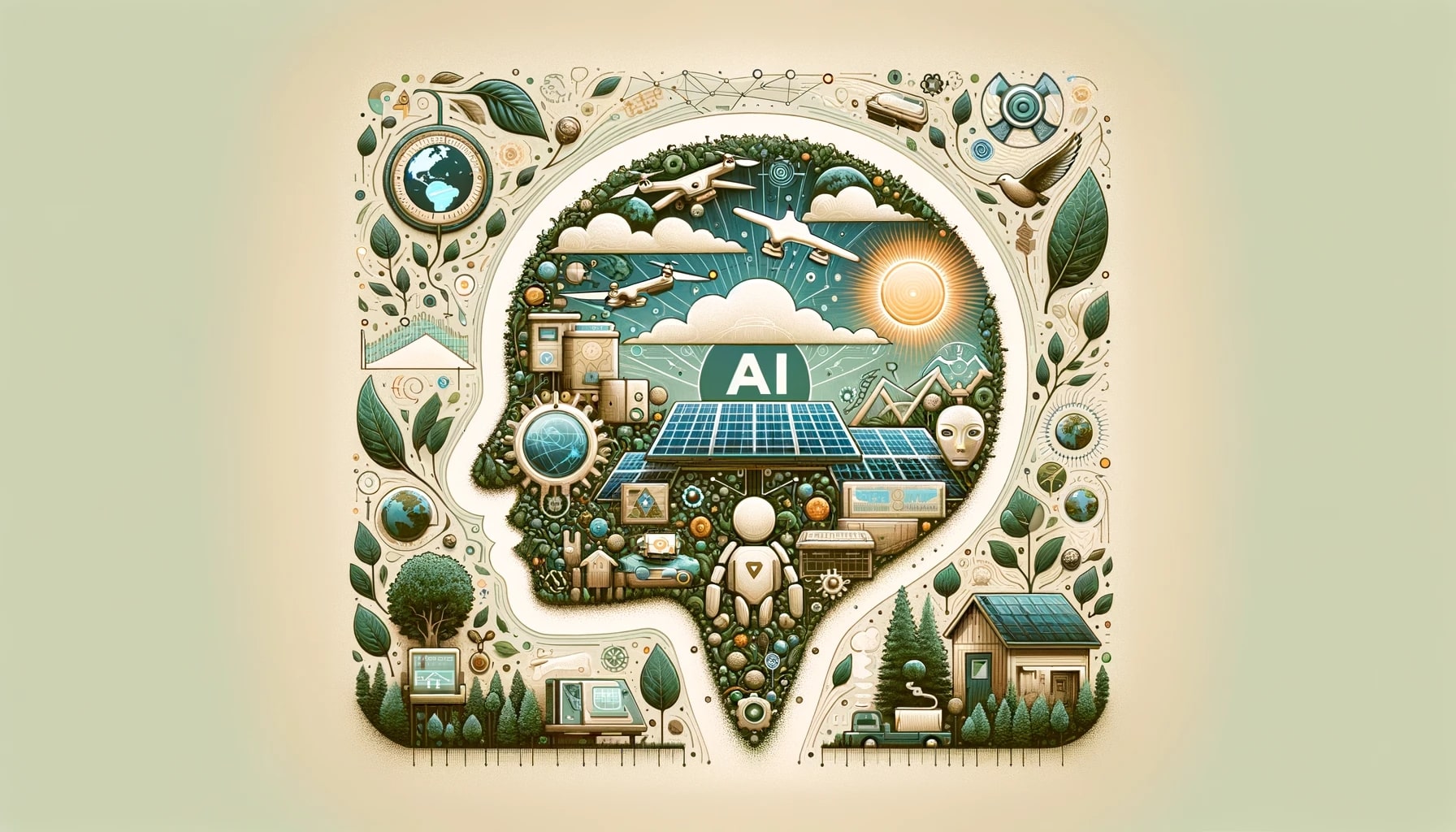The introduction of the Vision Transformer with Any Resolution (ViTAR) marks a significant advancement in the realm of Computer Vision (CV), seamlessly handling various image resolutions without heavy computational costs. ViTAR’s innovation lies in its Adaptive Token Merger (ATM) module that coalesces tokens into a uniform grid post-patch embedding, ensuring better resolution adaptability. Moreover, the implementation of Fuzzy Positional Encoding (FPE) by the research team from China contributes to this architecture’s robustness against resolution changes, preventing overfitting through positional perturbation.
Explorations into improving image resolution adaptability have been ongoing, with earlier attempts facing challenges in maintaining performance consistency across different input sizes. For instance, training models using images of multiple resolutions and refining positional encodings have been tried, yet achieving high performance with minimal computation has been elusive. ViTAR represents a culmination of these endeavors, aiming to overcome the constraints of previous models by introducing a more flexible and efficient framework.
What Confronts Vision Transformers?
While Vision Transformers have shown impressive results in tasks such as image classification and object detection, they struggle with handling varying input resolutions. Traditional models often suffer performance degradation when faced with this challenge. ViTAR’s design addresses this by enabling the model to generalize to different resolutions without the need for extensive retraining or computational resources.
What Innovations Does ViTAR Introduce?
ViTAR’s ATM module is pivotal in enhancing the model’s adaptability to resolution variations. It merges tokens efficiently, which not only simplifies resolution handling but also streamlines the computational process. Furthermore, the introduction of FPE adds robustness to the model by incorporating positional noise, making it less prone to overfitting and more adaptable to resolution changes.
How Effective Is ViTAR in Practice?
Extensive testing has shown that ViTAR outperforms existing Vision Transformer models across various input resolutions. Its effectiveness extends beyond standard benchmarks; it excels in downstream tasks like instance segmentation and semantic segmentation, proving its versatility and potential impact on real-world CV applications.
Connections to Recent Scientific Studies?
Relevant scientific literature, such as the paper “ResFormer: A Transformer-based Building Extraction Framework with Multi-resolution Learning Strategy” published in the Journal of Remote Sensing, highlights similar challenges in the field. This study showcases the effectiveness of multi-resolution strategies, resonating with ViTAR’s approach to improving CV models’ performance across different scales.
Useful Information for the Reader
- ViTAR introduces adaptive token merging to handle variable resolutions.
- Fuzzy positional encoding in ViTAR prevents overfitting to fixed resolutions.
- ViTAR surpasses existing models in both performance and versatility.
In conclusion, ViTAR stands as a transformative approach within the Computer Vision landscape, effectively tackling the resolution variability challenge. By integrating adaptive processing mechanisms and fuzzy positional concepts, it paves the way for more resolution-agnostic visual models. The potential applications of ViTAR are broad, likely influencing areas such as autonomous vehicles, medical imaging, and surveillance, where visual data comes in diverse forms and resolutions.










